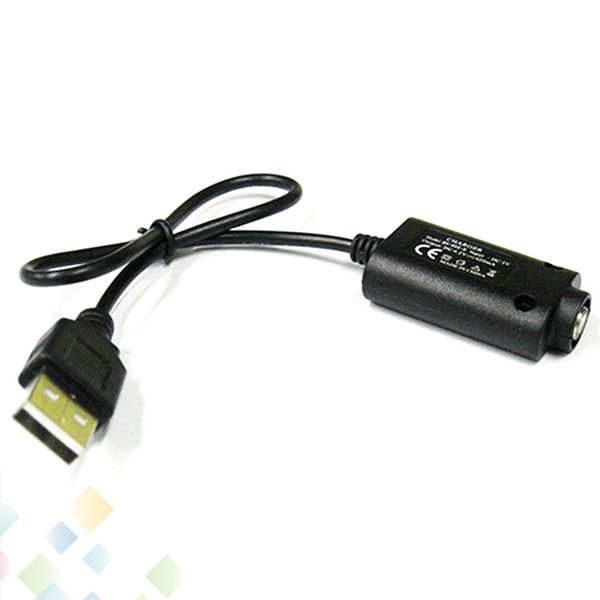



when the battery is nearly full) meaning that engine loads are reduced, fuel consumption is reduced and emissions are lowered, all helping manufacturers to comply with industry environmental regulations. This provides the opportunity to bring the voltage below 13.8V during periods when no further charging is required (e.g. This means that there is always a significant load on the engine from the alternator which requires fuel to be consumed.Īs smart alternators are ECU-controlled it enables manufacturers to vary the voltage output more than can be achieved with an internal regulator. This load increases as the output voltage rises, meaning that the engine has to work harder to turn the alternator which consumes more fuel in the process. Traditional alternators maintain their voltage between 13.8-14.4V depending on the state of charge of the battery and various other factors. When an alternator is running and producing a charging voltage the electromagnetic field generated inside it produces a mechanical load on the engine via the alternator drive belt. Smart alternators are essentially those that have their output voltage controlled externally via the Engine Control Unit (ECU) rather than by an internal voltage regulator as found on traditional alternators. What are 'smart' alternators and how do they help with emissions? For an introduction to battery-battery chargers and VSRs check out our YouTube Video Note: this issue is not generally applicable to boats as the emissions regulations that apply to vehicles don't apply to leisure craft and so 'smart' alternators on boats are relatively rare. This article explains why and looks at how Battery-To-Battery chargers overcome these issues and the other benefits they have when compared with split charging.

One of the technologies that has been around for several years, but which is now becoming standard on new vehicles, is the 'smart' or 'intelligent' ECU-controlled alternator.įor those of us wanting to charge a second (auxiliary or leisure) battery whilst driving this presents a problem because traditional split charge systems cannot be used. Vehicle manufacturers are having to comply with increasingly stringent environmental regulations so are continually researching and employing clever technologies to lower fuel consumption and reduce emissions. Auxiliary Battery Charging In Vehicles With 'Smart' Alternators


 0 kommentar(er)
0 kommentar(er)
